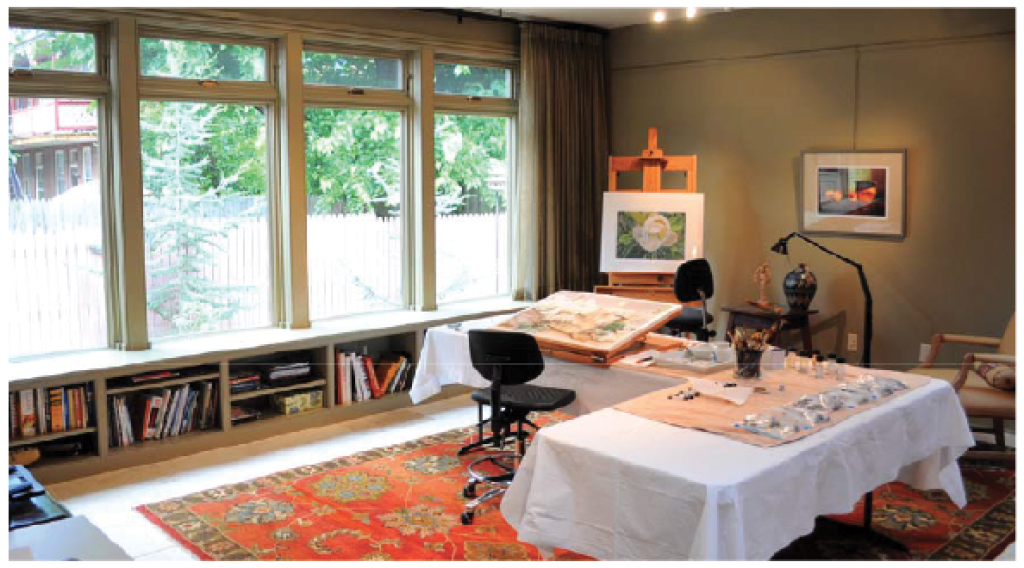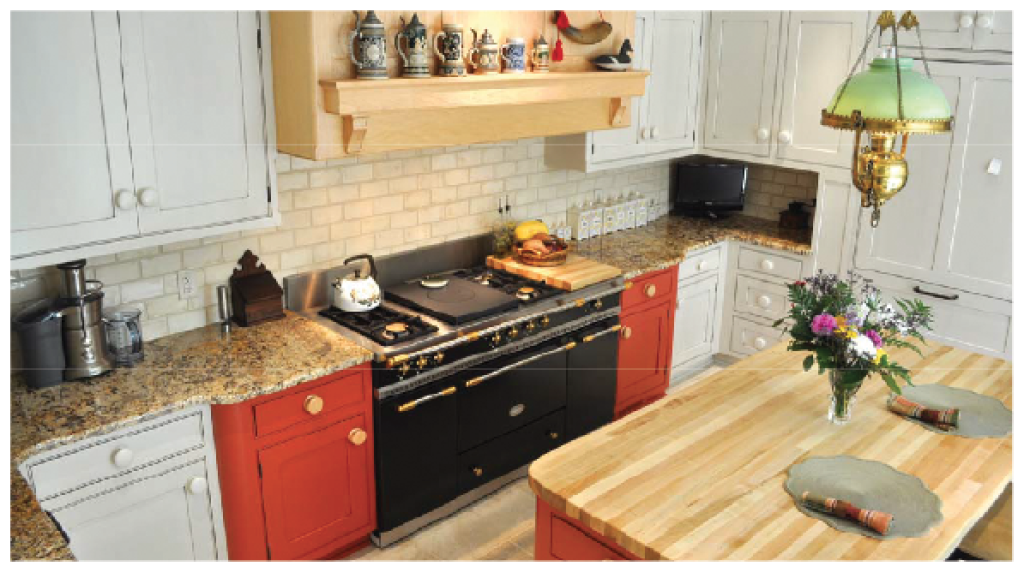This holiday season, some of the city’s most iconic properties will open their doors to visitors from across the state as Historic Harrisburg Association celebrates four decades of its best-known event: the HHA Candlelight House Tour.
“This is our 40th anniversary, so it’s a pretty big year for us,” said HHA Executive Director John Campbell. “The tour has become a holiday tradition for the organization, and it is now one of the largest in central PA.”
The self-guided tours provide visitors with a chance to enter classic properties that serve as models of city living.
“The first house tour took place in historic Shipoke in 1973, in conjunction with the founding of the organization,” said Campbell. “That was the year after Hurricane Agnes had decimated much of Harrisburg, specifically Shipoke. The event was meant to look at the neighborhood and see what the private homeowners were doing to create urban renewal through a home tour experience.”
Following the initial Shipoke event, there was some question as to whether the tours should continue. HHA founding member Ronn Fink, the owner of Harrisburg’s Bare Wall Gallery who passed away last year, was instrumental in building the tour’s legacy. “The Bare Wall Gallery staged a lot of HHA’s early meetings, and Ronn’s the one that kept the tour together in its early years,” said Campbell.
Fink’s determination to continue offering the Candlelight Tour was based on his dedication to the Historic Harrisburg Association’s mission of creating sustainable communities. “At its core, the Candlelight Tour is about bringing people into the city. It’s about urban renewal, revitalization, historic preservation and city living,” said Campbell. “That’s what Ronn cared about most, and we were very privileged to have him involved. He was the glue that kept the team together.”
With Fink’s guidance, the event continued to thrive, bringing more than 40,000 visitors into various Harrisburg neighborhoods. Past tours have highlighted urban renewal efforts in communities including Academy Manor, Allison Hill, Southside and Bellevue Park.
The 2013 tour, titled “Unique Expressions: Opening Doors for 40 Years,” will take place in Harrisburg’s Midtown neighborhood. “Our offices are in historic Midtown, and we thought that having our anniversary where the heart of our work is would be a great opportunity to showcase what we’ve done over the past 40 years,” said Campbell.
The “Unique Expressions” tour will span 17 properties that incorporate new ideas of urban living and design into historic structures, some of which are over a century old.
“All of the buildings have the consistent theme of revitalization, showcasing how the neighborhood has changed and transformed,” explained Campbell. Colonial, Tudor and Federalist style homes will be open to the public, as well as the Governor’s Mansion and properties designed by renowned architect Charles Howard Lloyd.
Tour-goers will also have access to an exclusive art opening at Studio 919 on Green Street for the exhibit “Expressions of Art.” Curated by Yachiyo Beck, “Expressions of Art” will include pieces by local artists Barbara K. Buer, John Hassler, Sandra G. McKeehan, Joan S. Wolfe and Susan Auchincloss, with a portion of all artwork sold to benefit HHA.
“Visitors will have the opportunity to experience and purchase one-of-a-kind art. Many of the pieces will be displayed for the first time, created by artists who have exhibited around the world,” explained Sloan Auchincloss, who co-owns Studio 919 along with his wife Susan.
The gallery is an addition to the Auchincloss’ home, which will also be featured on the tour, highlighting recent renovations made to the Federalist property, including the addition of a painting studio and handicapped-accessible bathroom. “We hope that visitors can take some of the creative ideas and apply them to their own homes,” said Auchincloss.
The Unique Expressions Candlelight House Tour embodies HHA’s vision of what life in Harrisburg can become.
“When the Historic Harrisburg Association was founded, very few of these buildings were occupied,” concluded Campbell. “You couldn’t even get a mortgage to buy a house in the neighborhood. We want tour-goers to see the revitalization of buildings that were vacant for years and to showcase the transformation that’s happened over the past couple of decades.”
HHA’s 40th Annual Candlelight House Tour will take place Sunday, Dec. 8, 1 p.m. to 6 p.m. Admission is $15 in advance, $20 on the day of the tour, with proceeds benefitting the Historic Harrisburg Association. Tickets are available through HistoricHarrisburg.com, which also lists locations where tickets can be purchased in person. For more information, visit HistoricHarrisburg.com or contact the HHA by phone at 717-233-4646.









